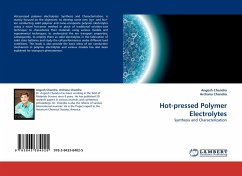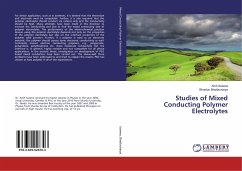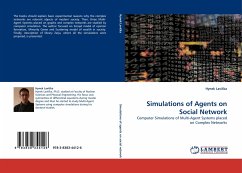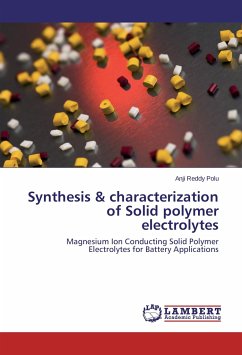The ions in electrolyte solution can be rearranged by acoustic wave to create electric potential. This effect was predicted by Debye in 1933. The reverse effect, called electro-acoustic (EA) effect, is the excitation of acoustic wave by applied electric field. In Part I, different experimental schemes, for excitation and detection of EA signals in electrolytes, are described and discussed. Efforts have been made to relate the obtained EA signals with characteristic features of the electrolyte solution. In Part II, the nonlinear transport equations and the Poisson equation are solved numerically. Transient processes, in linear and nonlinear regime, have been evaluated. Different problems have been treated: Ion-pairs formatiion and migration, Enhanced electrode capacity with possible application to supercapacitors, Non-equilibrium modification of the Einstein-Nernst relation between ion mobility and diffusivity etc. This book may be of interest to researchers and engineers, studying the properties of electrolyte solutions.
Bitte wählen Sie Ihr Anliegen aus.
Rechnungen
Retourenschein anfordern
Bestellstatus
Storno








